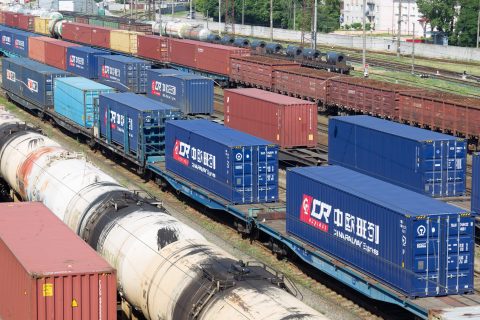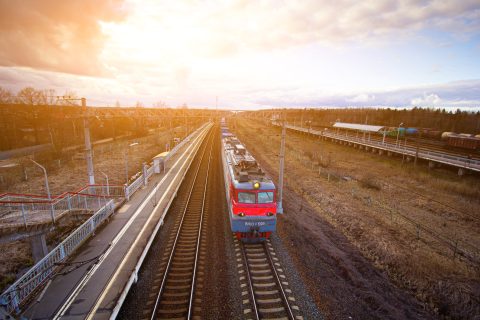Healthy competition is not about celebrating one sector’s business loss and subsequent absorption by another. It is about making the best of a given opportunity and building upon it long-term. In this sense, the Eurasian rail sector active in the Silk Road business has a tremendous opportunity presented in the context of the Red Sea crisis and the impairments it causes to sea transport.
In recent interviews with RailFreight.com, Silk Road companies like Rail Bridge Cargo and METRANS highlighted the business boom they have been experiencing since December 2023 due to the Red Sea Houthi attacks. Both companies underlined that demand has skyrocketed during this period, with customers turning increasingly to rail transport again.
Other Silk Road companies share this experience besides these two. Most industry professionals have been stressing that rail is capable of handling the abruptly growing service requests and actual services running between China and Europe. Yet, managing the situation effectively in the short term will not work for Eurasian rail. Instead, the Red Sea disruption should be seen as a long-term investment.
Building back more resilient
The challenges the Eurasian rail transport sector has been through since 2020 have been exhaustingly analysed. For instance, the Covid-19 pandemic, the war in Ukraine, and subsequent sanctions on Russia have posed immense obstacles to the industry. That’s also because they occurred almost back-to-back, not giving the industry the time to recover even though it was on track for that.
As a result, volumes dropped, shipments were redirected, and a general feeling of business slow-down and distress was in the air. Despite the relative recession in the Silk Road business, though, rail managed to get some positive things out of it. For example, it improved the quality and timeliness of services immensely, becoming a trustworthy partner for shippers.
Red Sea situation ‘a pleasant headache’ for the rail industry
The Red Sea situation provides a similar advantage. Martin Koubek from METRANS has said that customers see rail freight as an effective transport alternative again, and this is not only due to managing the ongoing crisis but mainly due to the hard work of the last couple of years that made the industry capable of managing it.
This is where the real strength of the Silk Road rail lies. The successes of the past few years should help the industry invest in its long-term growth and build back to where it was in early 2022 and even better. Speed, efficiency, better predictability and effective delivery of customer demands can become the main drivers for rail to not just be an alternative but a staple option again.
‘Rail is again an effective alternative for Eurasian transport’
In simple terms, the Red Sea situation is not about a temporal shift to rail. In contrast, it is about (re)gaining customers’ trust, who then will choose to stay on rail given the benefits they will enjoy. In this way, Silk Road rail will have a positive future to look forward to since it will provide clearly defined products and services that will keep customer cargo on trains longer than just a few weeks of sea shipping disruption.

